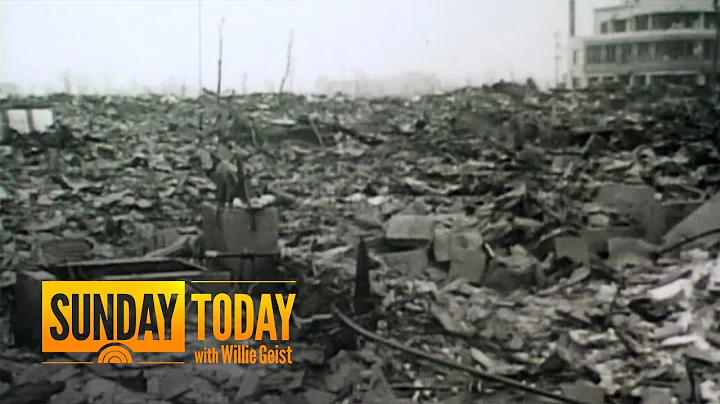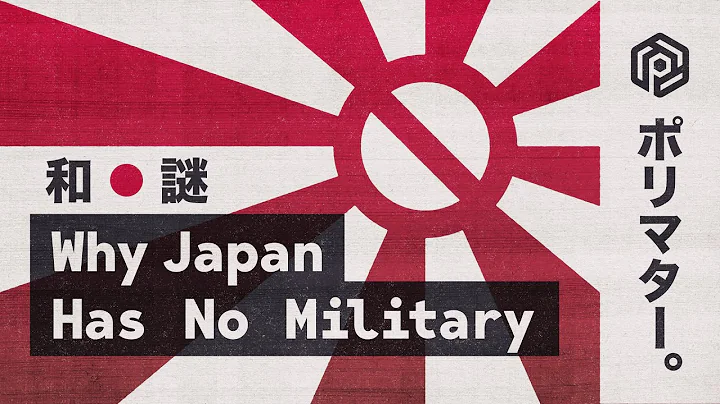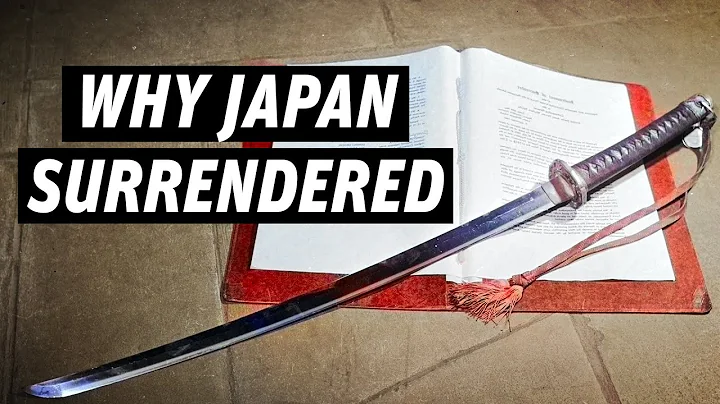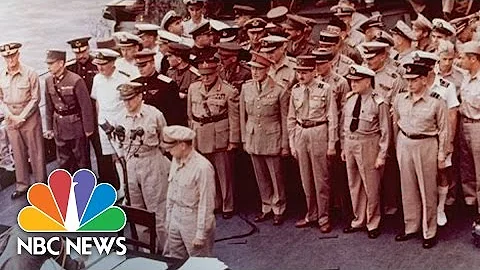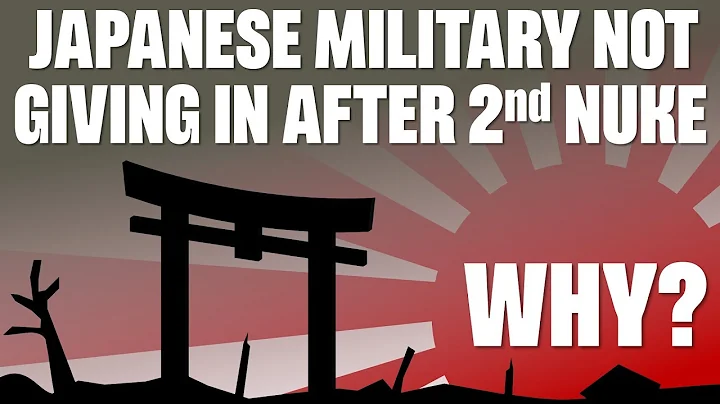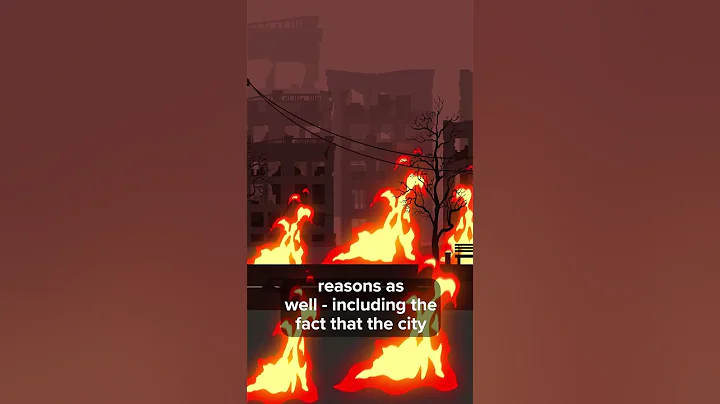There is a saying circulating on the Internet today that the US military did not bomb Kyoto and Nara in Japan during World War II because they listened to the advice of my country's architect Liang Sicheng and believed that the ancient buildings in Kyoto and Nara were the cultural heritage of all mankind, so they let them go. these two places. But in fact Liang Sicheng did not say it, and he himself denied this statement.

[Architect Liang Sicheng]
In fact, the US military bombed Kyoto and Nara. On January 16, 1945, U.S. military aircraft flew over Kyoto for the first time and dropped bombs. In the five months to June 26, U.S. military aircraft bombed Kyoto five times, and Nara was also bombed twice, but the damage caused was limited.
Starting from June 26, the US military planned to use "Little Boy" to bomb Japan, so it suspended its conventional bombing of Japanese cities and began to select cities where "Little Boy" would be dropped. A total of 17 cities including Tokyo, Kyoto, Niigata, Nara, Kokura, Hiroshima , and Nagasaki were selected, among which Hiroshima and Kyoto are both AA-level targets.
In previous conventional bombings, the United States selected a total of 124 cities in Japan. Ranked in order of importance, the top four were Tokyo, Osaka , Nagoya, and Kyoto. It can be seen that Kyoto has always been an important target for the US military.

[The ancient city of Kyoto, called Luoyang in Japan]
After selecting 17 target cities for "Little Boy", the US military conducted a second round of screening. Tokyo, which was almost burned to the ground by Li Mei's fire attack, was the first to be eliminated. First, it had no bombing value. Second, the United States was worried that killing the emperor would arouse excessive emotions among the Japanese people.
After the second round of screening, only five of the 17 cities remained, namely Hiroshima, Kyoto, Kokura, Nagasaki and Niigata. But before the final launch, the US military crossed Kyoto off the list.
Some people say that this is due to Liang Sicheng, who advised the US military that there are many ancient buildings in Kyoto and Nara that are more than a thousand years old. These ancient buildings not only belong to Japan, but are also the crystallization of human civilization. Once they are bombed, they can never be repaired. In fact, this was just taken for granted. The U.S. military's plan to release "Little Boy" was top secret at the time, and it was impossible to leak it in advance and seek Liang Sicheng's opinion.

[ Stimson (left) and Truman ]
It was Secretary of War Stimson who really made the US military abandon Kyoto. He told Truman that Kyoto was the capital of Japan before 1868. It had a history of thousands of years and was as important as a religious belief to the Japanese. If Kyoto is bombed, it will arouse strong resistance among the Japanese and will not be conducive to the United States taking over Japan after the war.
In addition, the most important point is that Kyoto is located in a basin in western Japan and is surrounded by mountains, which is not conducive to observing the effect of "Little Boy". This is the first time that the US military has put this type of weapon into actual combat, and collecting usage data is also one of the important combat goals.

[The three cities in the picture are Hiroshima, Kokura and Nagasaki]
Truman followed Stimson's suggestion and crossed out Kyoto, leaving only four bombing targets, namely Hiroshima, Kokura, Niigata and Nagasaki. On August 6, 1945, the U.S. military dropped the "Little Boy" bomb on Hiroshima, razing the entire city center to the ground and killing 140,000 people. However, the Japanese authorities concealed the information and prepared to fight to the end.
So three days later, the US military was dispatched again, preparing to throw the "fat man" into Kokura. But on this day, the visibility in Kokura was very low, the fog was shrouded, and the target could not be seen. And Niigata was far away. The bad weather and distance saved these two cities, and the "Fat Man" was eventually dumped in Nagasaki.

[Hiroshima after the bombing]
This time, the big bomb finally caused panic throughout Japan, and Japan announced its unconditional surrender a few days later. After seeing the power of the big bomb, the Japanese people were still frightened. Japanese cities that survived the disaster chose to build statues and shrines for their "protector gods" to show their gratitude.
The first city to do this was Kamakura , the third largest ancient capital in Japan after Kyoto and Nara. What is surprising is that during the entire World War II, Kamakura was not hit by a single U.S. bomb. Kamakura City believes that this is all due to Harvard University Professor Warner , because at that time he was serving as an advisor to the United States "Committee for the Protection and Rescue of Art and Historical Monuments in War Zones".

In fact, the US military did not bomb Kamakura simply because it had no bombing value. On the U.S. military's conventional bombing list, among the three ancient capitals, Kyoto ranked 4th, Nara ranked 80th, and Kamakura ranked last, 124th. Before the U.S. military could bomb Kamakura, Japan surrendered.
Warner also denied his protective role in these cities in public, but the people of Kamakura ignored this and built statues and monuments to Warner regardless, and regarded Warner as the "protector god". Following Kamakura, Kyoto and Nara also honored Warner as their "protector saint". Perhaps because they feel that one patron saint is not safe enough, many cities have begun to see multiple patron saints standing side by side.

[Nara worships Liang Sicheng as its patron saint]
For example, Nara worships Liang Sicheng as its patron saint, builds a statue for him, and calls him "the benefactor of the ancient capital." In 1968, Liang Sicheng denied in public that he had advised against bombing Kyoto and Nara. He also claimed that when he served as deputy director of the "War Zone Cultural Relics Preservation Committee" in 1944, he only marked ancient Chinese buildings in North China and coastal areas of my country on the map to remind the US military to avoid these targets during bombing, and did not involve Any Japanese city.
The person who first proposed that Liang Sicheng was the patron saint of the ancient capital of Japan was Liang Sicheng's student Luo Zhewen. After Liang Sicheng publicly denied it, this suggestion disappeared. But in 2011, Liang Sicheng's second wife Lin Zhu suddenly made this statement, so that many people still think this statement is true to this day.
